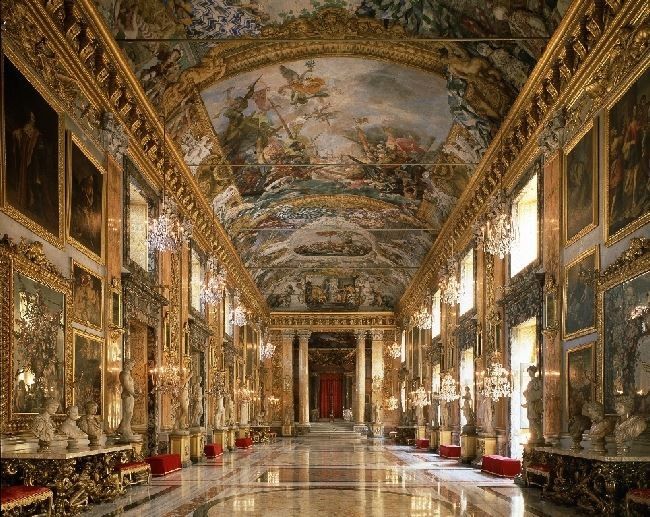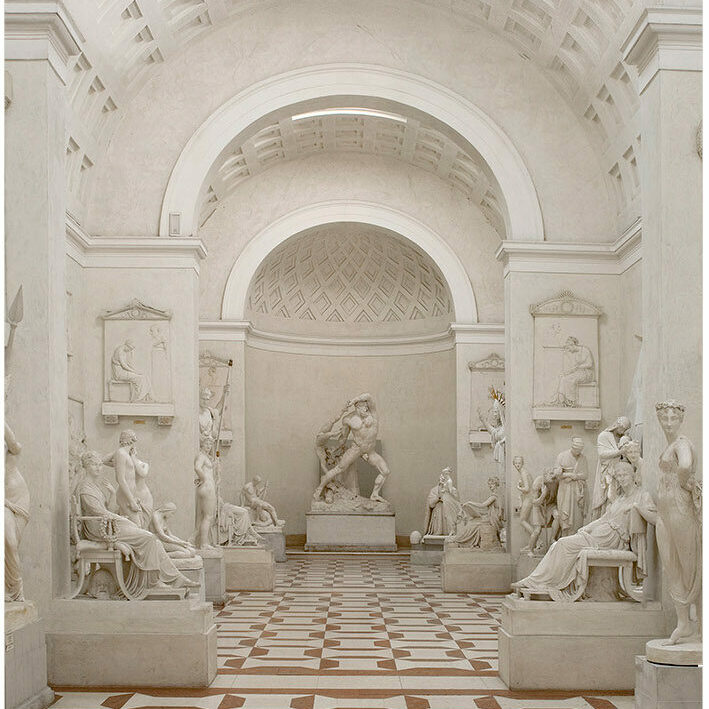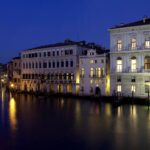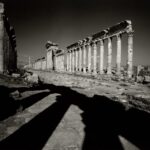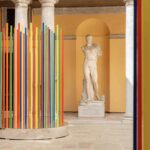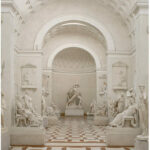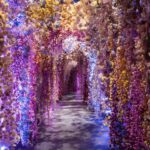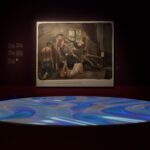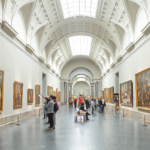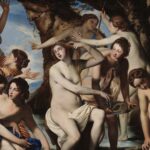Roma is an open air museum.
The city that tells years and years of art and history is a paradise for those who love art and culture.
If among the attractions and the most famous places in Rome there are Colosseo, Circo Massimo, Museo Nazionale di Castel Sant’Angelo or the Pantheon, it is also true that there are many other museums and buildings that is worth visiting.
Here, we suggest you few of them
Table of Contents
- Villa Farnesina
- Terme di Caracalla
- Galleria Doria Pamphilij
- Galleria Colonna
- Domus Aurea
- Musei Capitolini
- Galleria Spada
- Want to find out about all the museums, exhibitions and events in Rome? Click here!
Villa Farnesina
Villa Farnesina in Rome is home to Accademia Nazionale dei Lincei. Located in Trastevere, it is one of the most representative reinassance buildings of the early sixteenth century.
Villa Farnesina is mostly famous for Raphael frescoes but also other important artists helped to its realization. For instance, Baldassarre Peruzzi,who also curated the project, or Sebastiano del Piombo.
Entrance: for visits we recommend purchasing the ticket online.
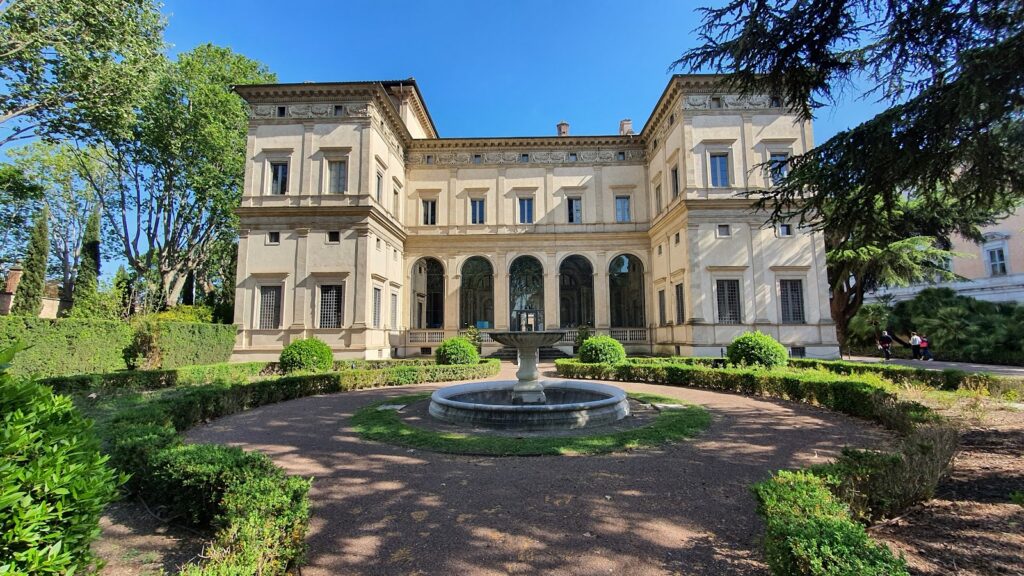
Terme di Caracalla
The Terme di Caracalla are one of the best preserved imperial buildings of antiquity. They were built on the initiative of the emperor Caracalla, from which they take the name.
The Terme di Caracalla back in the ancient times were buildings for the bathroom, sport and body care, but also a place for walking and study.
Entrance: visits are made by reservation.
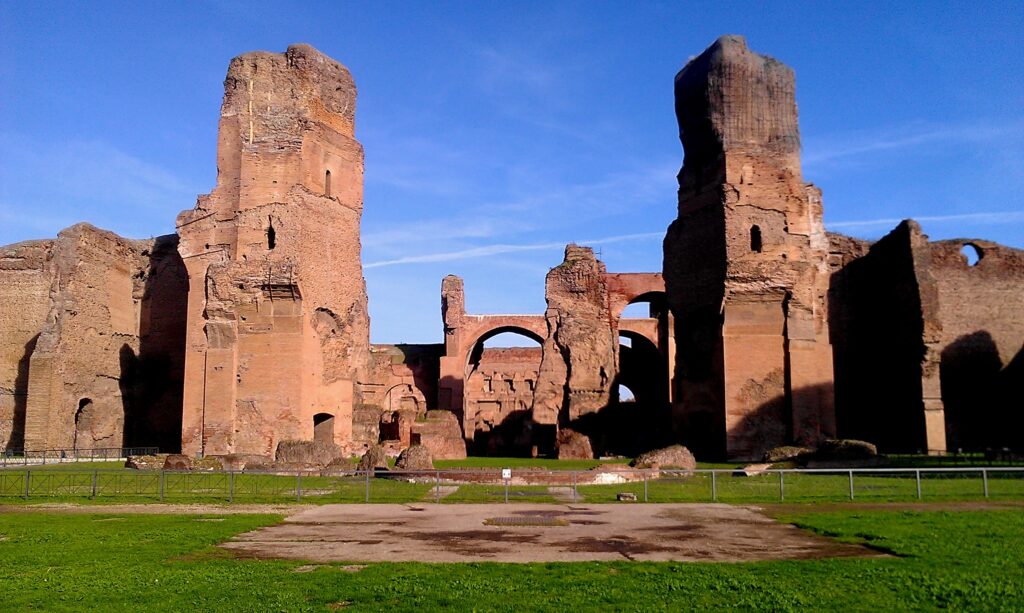
Galleria Doria Pamphilij
Galleria Doria Pamphilj hosts one of the largest private collections open to the public in Rome, together with the collection belonging to Colonna’s family.
The collection gathers masterpieces of Tintoretto, Tiziano, Raffaello, Correggio, Caravaggio, Guercino, Bernini, Parmigianino, Gaspard Dughet, Jan Brueghel il Vecchio, Velázquez and many others.
Entrance: for visits, they are made by reservation.
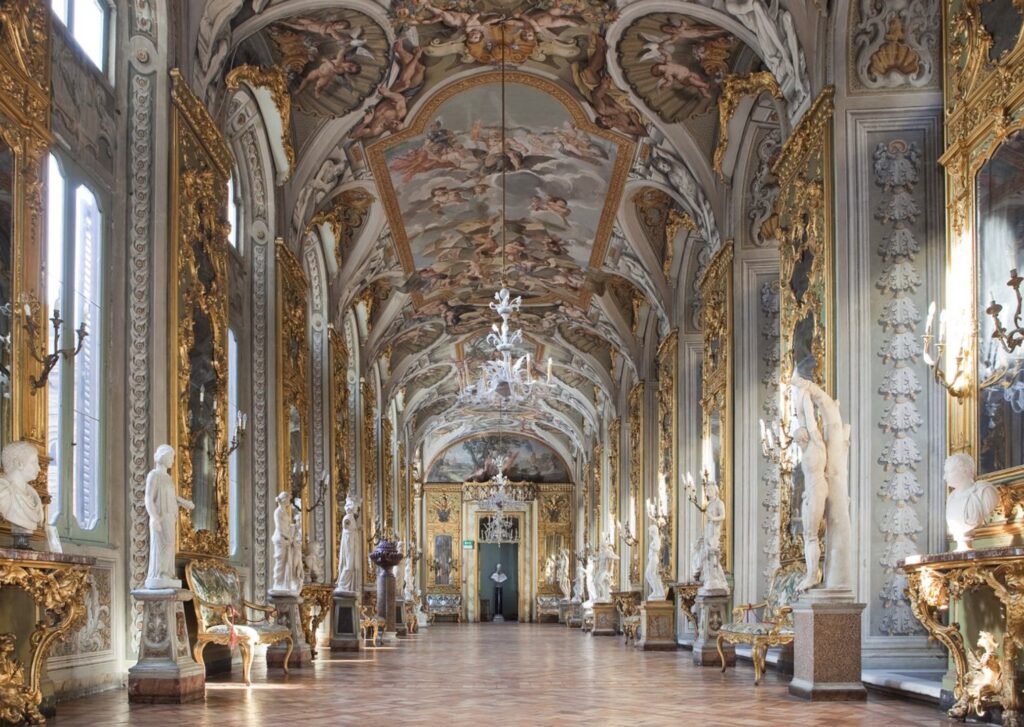
Galleria Colonna
Galleria Colonna o Palazzo Colonna is one of the historic buildings of Rome owned by the Colonna family to which it still belongs today.
Together with Galleria Doria Pamphilj hosts a remarkable art collection inside, with works by Agnolo Bronzino, Annibale Carracci, Cosmè Tura, Francesco Albani, Pietro da Cortona, Guercino, Mattia Preti, Tintoretto and Paolo Veronese. Several rooms are decorated by Giuseppe Bartolomeo Chiari, Benedetto Luti, Pompeo Batoni..
Entrance: you can visit the gallery on Friday and Saturday mornings. Private visits are mandatory by reservation for the remaining days.
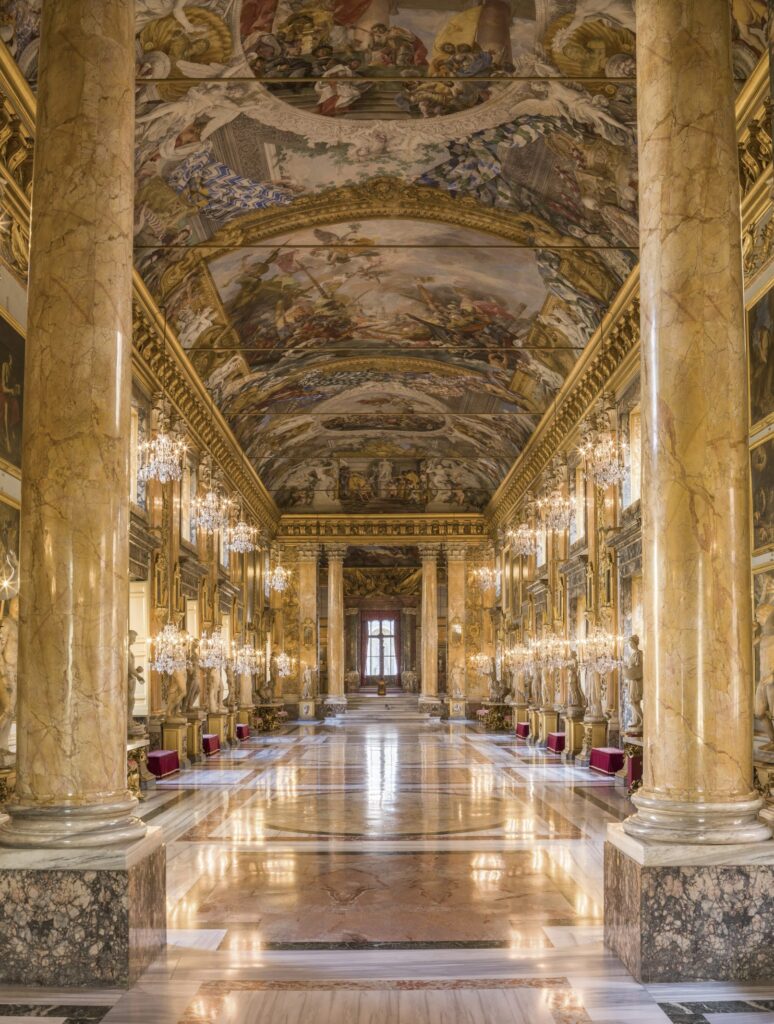
Domus Aurea
The Domus Aurea was the urban villa built by the Roman emperor Nero.
This villa, probably never finished, was destroyed after Nero’s death to return the land where it was built to the people. In 1980, the remaining part of the Domus Aurea, has been inserted in UNESCO World Heritage Site list.
Entrance: the ticket office is open at Largo della Salara Vecchia, while availability lasts.
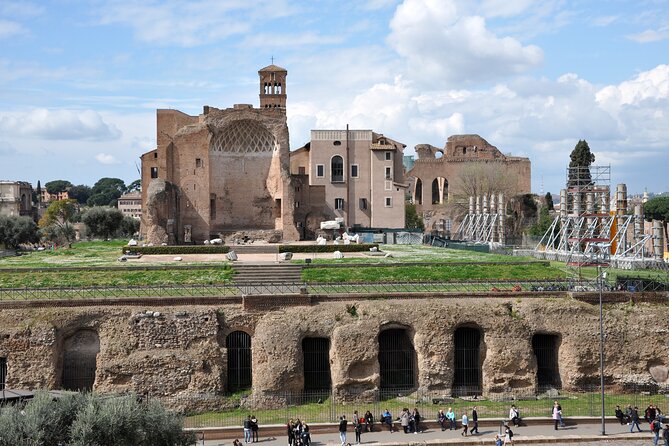
Musei Capitolini
The Musei Capitolini in Rome are historically considered the first public museum in the world, conceived as a place where art can be enjoyed by everyone and not only by the owners.
Inside the museum there are also the equestrian statue of Marco Aurelio, the bronze of the Lupa Capitolina, symbol of the city of Rome, the head of Constantine I, the portrait of Charles I d’Angiò and several other historical collections merged into the museum’s rooms during the years.
Entrance: the museum is open every day but it is recommended to always visit the notices page before planning your visit.
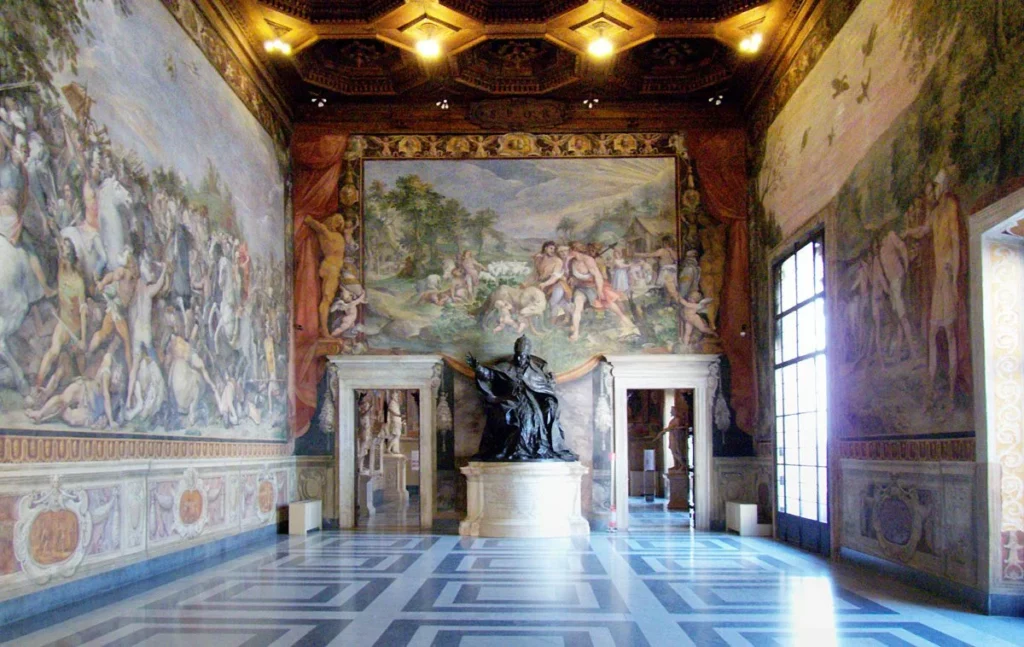
Galleria Spada
Galleria Spada is housed in the building of the same name in Rome. The palace is also famous for its facade and for the Borromini’s perspective, in the courtyard.
Inside, the gallery exhibits paintings from the 16th and 17th centuries and among the major artists we remember: Guido Reni, Mattia Preti, Artemisia Gentileschi, Gian Lorenzo Bernini, Titian, Jan Brueghel the Elder and many others.
Entrance: the Gallery can be visited from Monday to Sunday, without reservations.
